From frozen frontiers to volcanic rims, these five extreme camping destinations redefine what it means to sleep outdoors. Each experience demands courage, preparation, and a willingness to embrace nature at its most untamed. If you’re ready to trade comfort for pure adventure, your next unforgettable journey starts here.
Are you ready to go beyond the comfort of familiar campgrounds? To trade the hum of nearby tents for the raw pulse of nature itself? For those who believe real adventure begins where the map fades, we’ve curated five of the world’s most extreme camping experiences—journeys that will push your endurance, sharpen your instincts, and leave you with stories you’ll never forget.
Camping has always been about connection—the glow of a fire, the scent of pine, the quiet company of the stars. But for explorers who crave something deeper, it can also mean stepping into the wild with nothing but courage and preparation. Extreme camping transforms a simple night outdoors into a test of resilience and awe, where survival and serenity meet. From the frozen silence of the Arctic to the molten breath of an active volcano, these experiences reveal the Earth at its most unfiltered—demanding respect, rewarding boldness, and reminding us how alive we can feel when we venture beyond our comfort zone.
1- Arctic ice camping — Where silence roars
Camping on Arctic ice is the ultimate test of endurance and awe. Imagine sleeping on a vast sheet of frozen sea, where the wind hums like an ancient song and the horizon stretches endlessly in every direction. In this stark beauty, solitude becomes both challenge and reward.
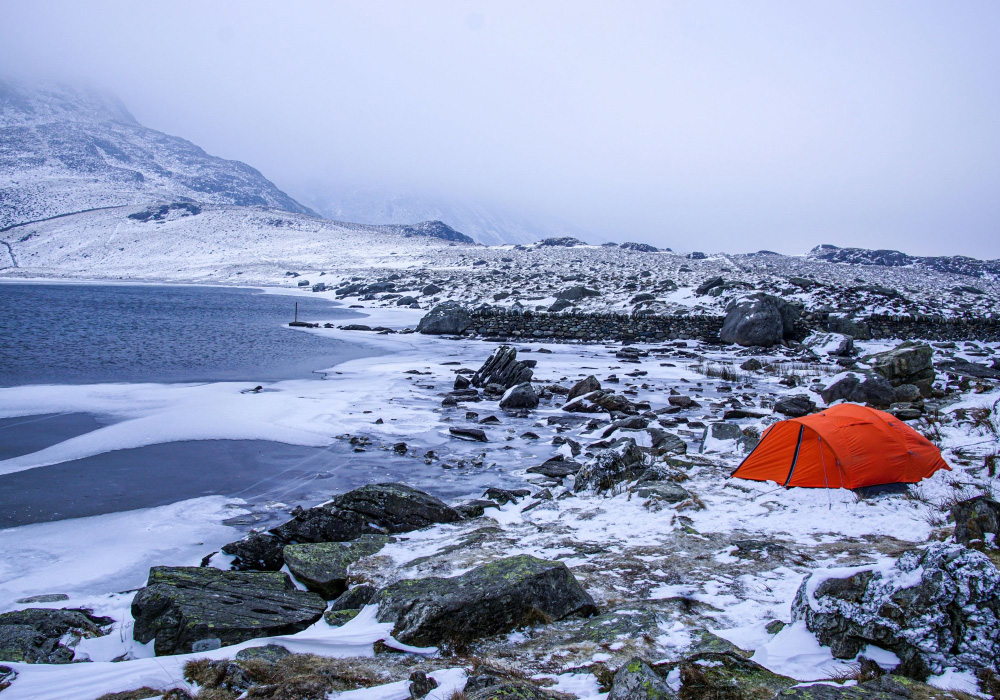
The challenge: Enduring sub-zero temperatures in a landscape of breathtaking, silent expanse.
The reward: The surreal beauty of the midnight sun or the ethereal dance of the Northern Lights from your tent door.
Where and when to go
The Arctic spans across Canada, Greenland, Norway, Russia, and Alaska. Most campers set up on frozen seas or ice sheets between March and April, when daylight returns but the ice remains thick and stable. Expect temperatures plunging below –30°C (–22°F), long stretches of daylight, and winds that cut sharper than a blade.
Essential gear
You’ll need specialized gear that turns survival into comfort:
- Four-season tent – Built to withstand brutal winds and snow.
- Sleeping bag rated to –40°C – Combined with an insulated pad for warmth.
- Thermal layers – A full moisture-wicking system with waterproof shells.
- Crampons or ice cleats – Crucial for safe movement on slick ice.
- Fuel-efficient stove – For melting snow and preparing hot meals.
Safety first
The Arctic rewards the prepared and punishes the careless. Always:
- Check ice thickness (minimum 15 cm / 6 inches).
- Travel with a group and keep communication devices like a satellite phone.
- Watch for hypothermia signs—shivering, confusion, fatigue.
- Store food securely to avoid attracting polar bears.
This is camping stripped to its essence: humanity against the elements—and somehow, in the stillness, harmony emerges.
2- Desert survival camping — Life on the edge of heat
The desert is both beautiful and brutal. Days scorch, nights freeze, and the horizon blurs into infinity. Desert camping challenges you to adapt—to move lightly, conserve water, and listen to silence.
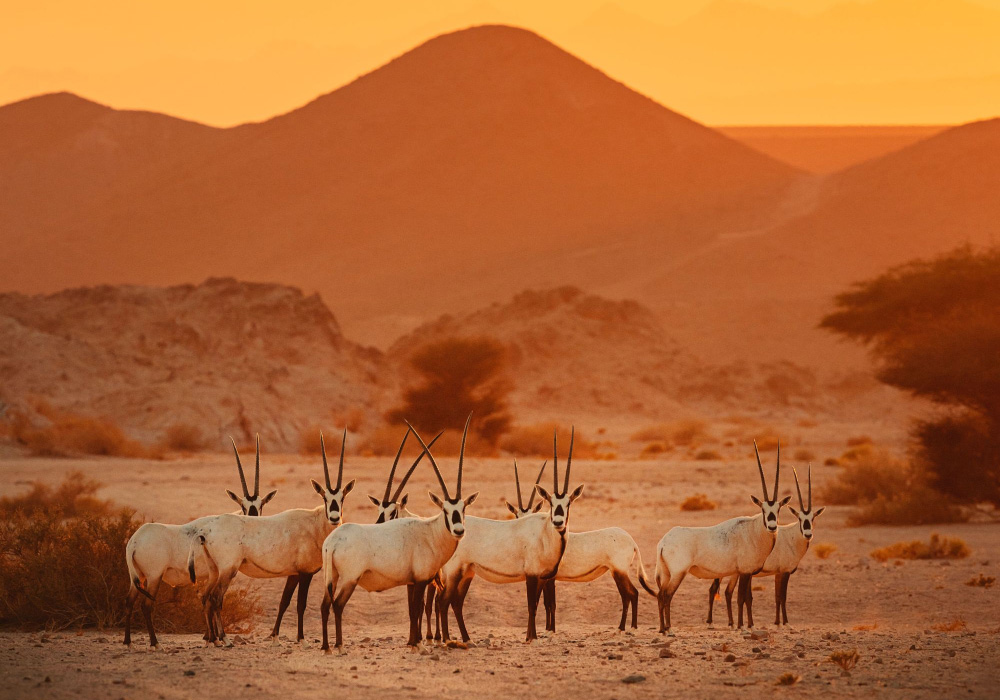
The challenge: Conquering scorching days, freezing nights, and the constant quest for water.
The reward: Uninterrupted stargazing under vast, inky skies and the profound silence of the dunes.
Top desert destinations
Each desert offers its own rhythm and resilience:
- Sahara (Africa): Vast dunes and blinding light. Best visited November–February.
- Atacama (Chile): Salt flats and surreal colours. Best in spring (September–November).
- Sonoran (USA/Mexico): Cacti forests and rugged trails. Best in winter.
- Namib (Namibia): Towering dunes and desert elephants. Best in August–October.
- Gobi (Mongolia/China): Dramatic temperature swings. Best in June–August.
Water wisdom
In deserts, water is everything. Plan for at least 4 litres per person per day. Learn to:
- Locate oases or dry riverbeds where moisture hides.
- Collect dew overnight with a cloth or tarp.
- Purify all sources—boil or filter before drinking.
Survival in the heat
Protect yourself with loose, light-coloured clothing and a wide-brimmed hat. Rest in the shade between 10 a.m. and 4 p.m., drink often, and keep your movements slow and deliberate. A desert may seem lifeless, but for those who adapt, it reveals an extraordinary rhythm of endurance and beauty.
3- Jungle trek camping — Into the green unknown
The jungle is alive. It breathes, hums, and watches. Camping deep within it means surrendering to nature’s rhythm—its beauty, danger, and constant motion. Thick humidity, tangled roots, and unseen creatures make every step an adventure.
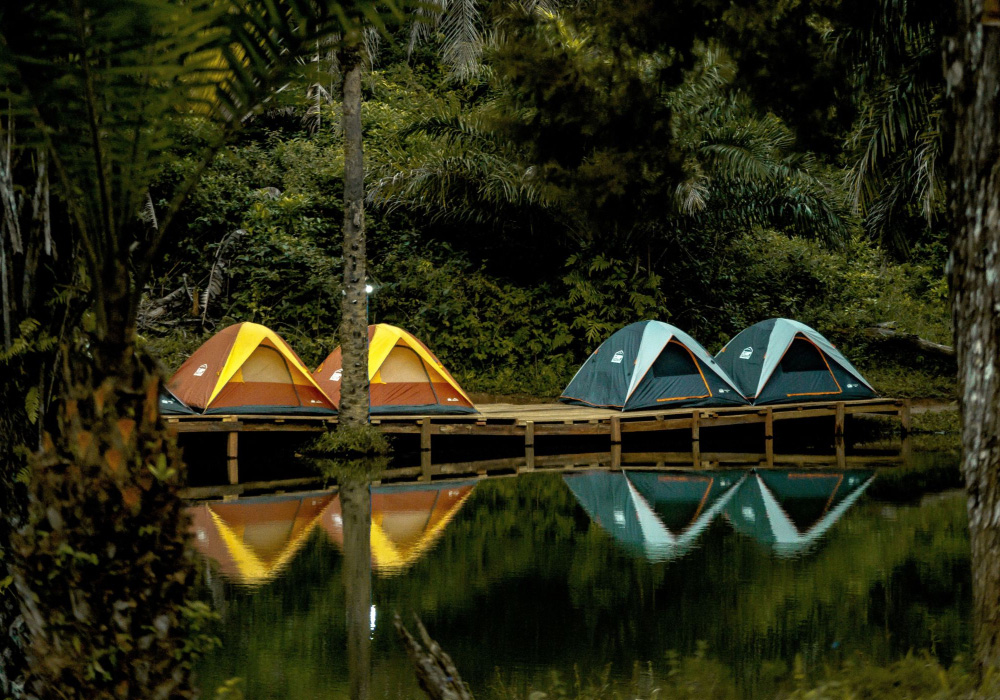
The challenge: Navigating dense, humid terrain teeming with life, from the beautiful to the potentially dangerous.
The reward: An immersion into the planet's most biodiverse ecosystems, filled with the sounds of howler monkeys and exotic birds.
Navigating the wild
Dense vegetation demands patience and navigation skills. Equip yourself with a GPS device, a compass, and a detailed map. Move slowly, mark landmarks, and stay together as a group. A machete helps clear paths, but use it sparingly to minimize impact on the ecosystem.
Coexisting with wildlife
Respect is your best defence:
- Snakes: Watch where you step.
- Insects: Cover up and use repellent.
- Large mammals: Keep distance, avoid loud noises, and never feed them.
Food should be sealed and stored away from the camp. A first-aid kit with bite and sting treatments is essential.
Shelter and comfort
Choose elevated, dry ground. Build a simple shelter with a frame of branches covered by leaves or a tarp. Elevate your sleeping area with logs or mats to stay dry, and keep your fire pit safe and contained. At night, the jungle comes alive—an orchestra of life surrounding your tent.
4- Mountain summit camping — Sleeping among the clouds
Few experiences rival the rush of waking up above the clouds. Summit camping blends mountaineering with survival, rewarding climbers with views that seem to touch eternity. It’s physically demanding but deeply transformative.
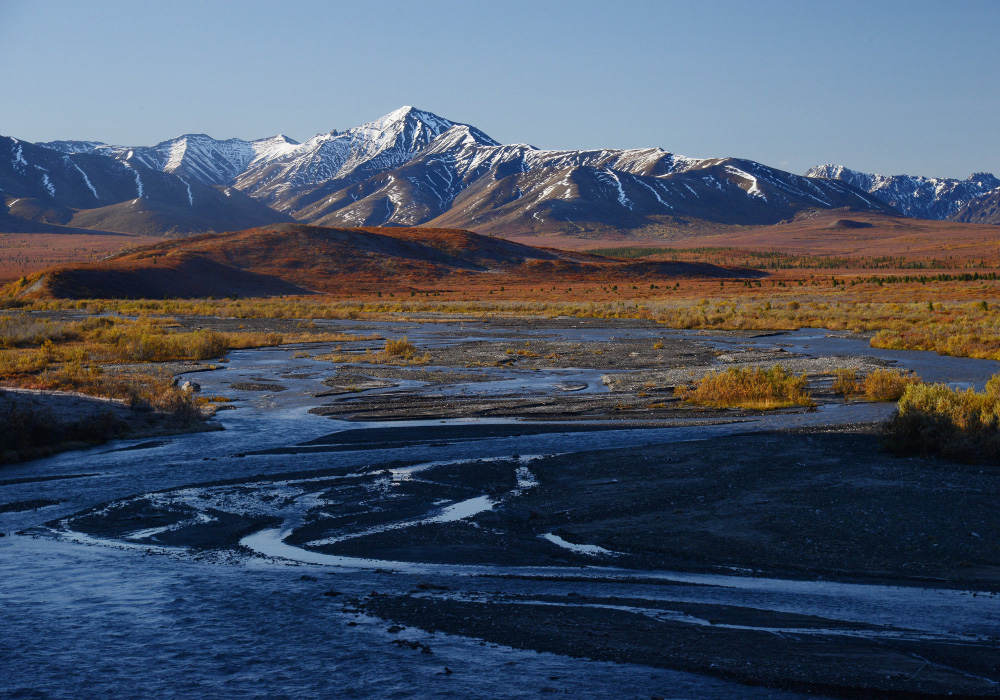
The challenge: Thin air, brutal winds, and the physical gruel of a high-altitude ascent.
The reward: The unparalleled euphoria of waking up above the clouds, watching the sunrise from the roof of the world.
Where to camp above the world
- Mount Kilimanjaro (Tanzania): Africa’s rooftop, accessible yet demanding.
- Denali (USA): One of the world’s toughest climbs, testing skill and endurance.
- Mont Blanc (France): Europe’s highest peak, a balance of beauty and challenge.
Altitude and acclimatization
High altitude means thin air and potential sickness. Ascend gradually and rest every few hundred meters gained. Hydrate constantly, avoid alcohol, and monitor symptoms such as headaches or dizziness.
| Altitude (m) | Recommended Acclimatization |
|---|---|
| 2,500–3,000 | Rest 1–2 days, hydrate well |
| 3,000–4,000 | Slow ascent, rest every 300–500 m |
| 4,000+ | Proceed cautiously, monitor closely |
Gear checklist
- Four-season tent and insulated sleeping bag
- Thermal clothing layers for temperature control
- Windproof gloves, hat, and boots
- High-calorie food and emergency rations
Mountain summit camping is less about conquering peaks and more about surrender—acknowledging nature’s vastness and your place within it.
5- Volcano edge camping — Dancing with fire
To camp beside a volcano is to stand at the edge of creation itself. The earth breathes heat and smoke, lava glows beneath a sea of stars, and every crackle reminds you of the planet’s power.
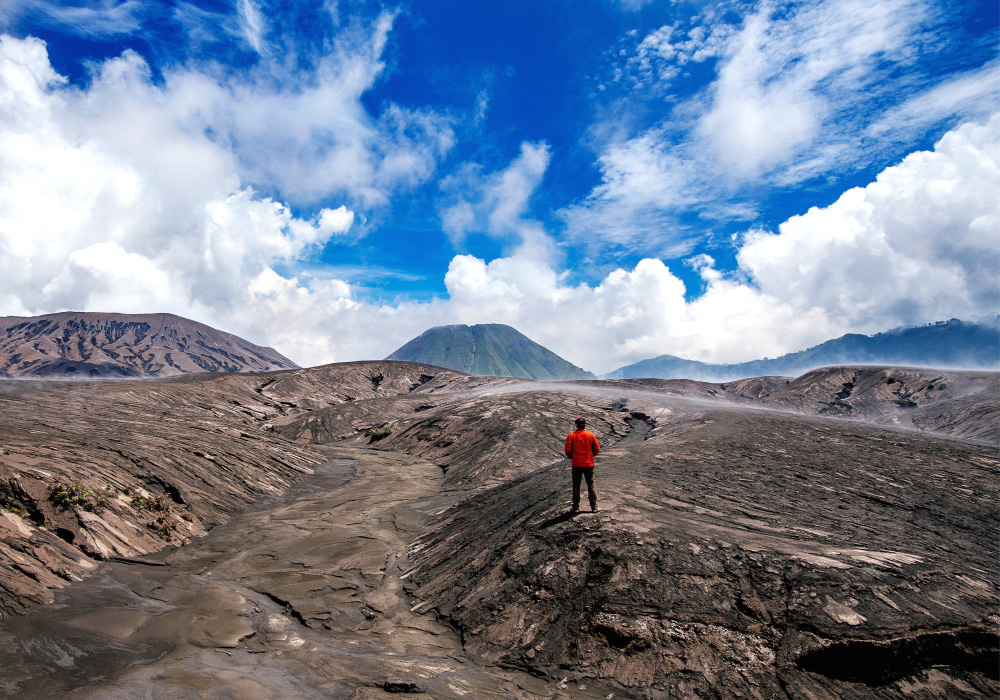
The challenge: Camping on the rim of geological unrest, facing potential toxic gases and unstable ground.
The reward: Witnessing the raw, primal power of the planet with glowing lava flows and steaming vents.
Top volcano camping sites
- Mount Yasur (Vanuatu): A glowing spectacle of frequent eruptions.
- Kīlauea (Hawaii, USA): A living volcano surrounded by otherworldly terrain.
- Mount Bromo (Indonesia): Ethereal sunrise views and accessible trails.
- Erta Ale (Ethiopia): Home to a rare, continuously active lava lake.
Safety essentials
Volcanic environments demand caution:
- Stay well outside eruption zones.
- Check local activity reports and gas emissions.
- Bring gas masks, ample water, and a clear evacuation plan.
The experience
Volcano camping is a paradox—raw danger set against quiet wonder. Nights glow red from molten rock, and the air vibrates with the sound of the earth itself. It’s a reminder that the planet is alive and restless, and for one night, you are part of its story.
The world beyond comfort
These five extreme camping adventures transcend typical trips; they are transformative journeys that demand respect, preparation, and a bold spirit. They awaken us to the fact that the wildest places on Earth still hold the power to challenge and reshape us.
At its heart, extreme camping is a pursuit of perspective. From ice and sand to forests, summits, and craters, these experiences forge a connection to something primal and powerful. They strip away the noise of modern life, leaving you face-to-face with your own resilience and the untamed wild.
So, which edge will you explore? The frozen, the arid, the dense, the lofty, or the fiery?
Prepare wisely, tread lightly, and respect the landscapes that host your journey. The true reward lies in the transformation—the personal shift that happens when you step beyond your limits and answer the call of the wild.
.



Comments powered by CComment